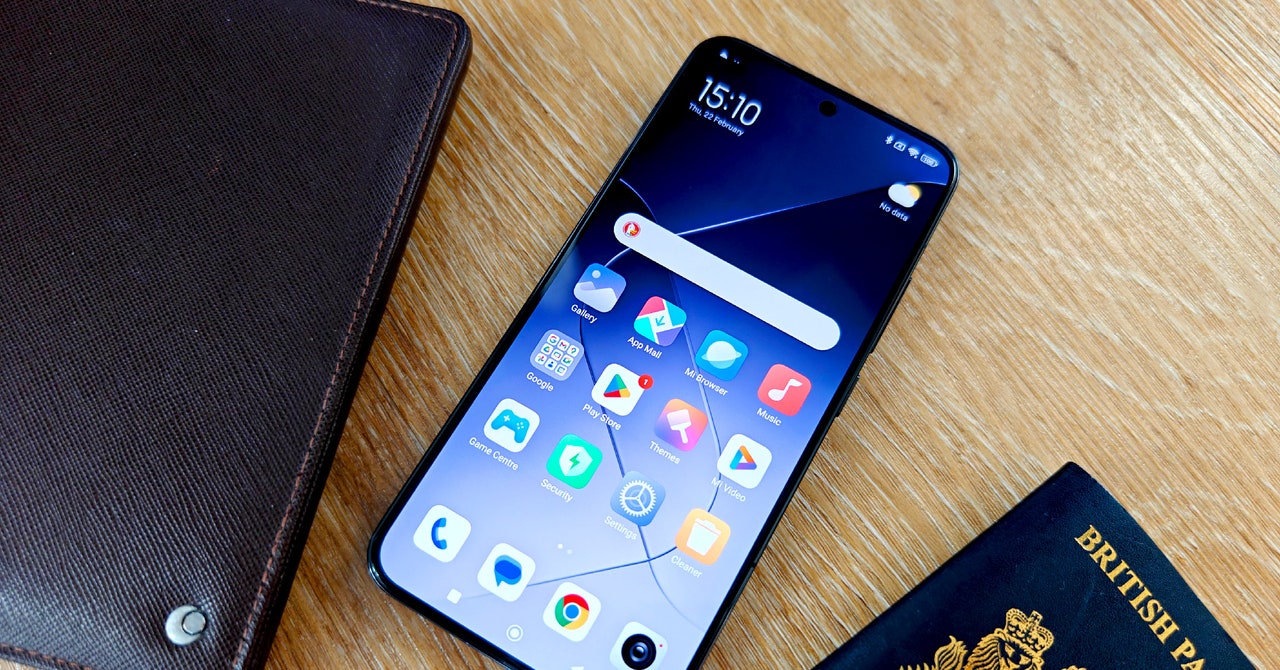What is-old-is-old in the Xiaomi 14 Ultra: how to move flat edges at MWC without losing an opacity
Xiaomi is using MWC to launch two of its flagships for a global audience — though not including the US, as usual. The first two Xiaomi phones, the 14 and 14 Ultra, have already been announced in China, and now they are at the center of the stage with camera-forward feature sets. They will be available to order from today, with the 14 starting at 199 and the 14 starting at 999.
As usual, it feels bad that we won’t get to see the Ultra in the US, it looks like an absolute unit. While Samsung and Google have been leaning into AI camera features for their most recent updates, the most interesting hardware upgrades have come from Chinese phone makers, lead by Oppo and Xiaomi. If the return of flat edges is any indication, we should expect some significant hardware innovation in the near future.
The 14 Ultra cameras can open and close with 1,024 stops between f/1.63 and f/4.0 rather than the fixed-aperture cameras used on most phones. We got a demo at a pre-launch event just outside of Barcelona, and sure, you can see the tiny aperture stopping up and down. The lens behaves in terms of depth of field very similar to an f/ 4) on a full-frame camera but use cases for this feature are very slim. Stopping it down even further seems like a pointless exercise, but I witnessed the aperture moving and can confirm it works.
The Ultra follows Samsung Galaxy S24 Ultra’s lead and includes not one but two telephoto lenses: a 3.2x and a 5x, both of which are stabilized. The video side has a lot in common with the iPhone 15 Pro and log recording. That’s a very useful feature for a tiny percentage of people — it means you can use the phone in a multi-camera filming setup and color grade the results to match all the rest. You can also shoot 10-bit HDR in log for some additional post-processing flexibility.
The Xiaomi 14 Ultra moves away from the curved edges of last year and embracing 2014’s 2024’s hottest trend: flat edges. They’re easier to grip and there’s a gentle curve into the straight edge on both the front and back panels that keeps it comfy in your hand. You love to see it. Also in the what’s-old-is-new-again category? The grip on the phone can act as an external battery, and the Camera kit for the Ultra has been updated so this can happen. I adore a accessory that does more than one job.
The newXiaomi 14 comes with three different types of cameras, the main, wide, and 3.2x cameras, and the telephoto camera. The square-shaped camera bump does not have the lines that separated it from the other sides on the 13 anymore.
The Xiaomi 14: A Solid but Uninspiring Device for a Long-Range, Low-Performance, Outdoor Adventure
The way the logo appears on the Ultra is the same way that the Leica brand looks in landscape orientation. The back panel’s glass features a matte finish that feels sleek without being too slick, or maybe those flat edges make it feel more secure in my hand. Whatever it is, I like it.
The Xiaomi 14 feels durable and scores an IP68 rating for water resistance. Gorilla Glass Victus protects the flat screen. The USB-C port and SIM card tray are on the bottom edge, and there’s a power button with volume rocker above on the right spine. It’s a classy design and quite conservative.
The 6.36-inch AMOLED display has a camera cutout at the top and a fingerprint sensor under the screen at the bottom. I found the fingerprint sensor very responsive. The screen is a highlight. It features a 2,760 x 1,200-pixel resolution which matches the iPhone 15 Pro. It can go from 1hertz up to 120rpm for smooth animations and scrolling, and to save on battery life where possible.
The display was bright enough for me to read outdoors in direct light and can reach 3,000 nits peak brightness for highlights. The phone’s good for watching movies with support for the Dolby Vision and the Hi-Res version of the movie. The stereo speakers offer Dolby Atmos and boast surprising depth. I watched a few scenes from Dune and Blade Runner 2049 to put it through its paces, and it looked and sounded good enough on the Xiaomi 14 that I was quickly sucked in.
Source: Xiaomi 14 Review: Solid but Uninspiring
The Xiaomi 14: A High-Performance, Low-Charge, High-Sensitivity Smartphone
In 20 minutes, Asphalt 9 uses 4 percent of the battery. Rated at 4,610 mAh, you can expect the Xiaomi 14 to get through all but the busiest days, but you’ll want to charge every night. The box with the 90-watt charging and charging accessories can charge theXiaomi 14 in half an hour. You need a 60- watt wireless charging mat fromXiaomi to get 50- watt wireless charging on this phone.
There’s top-notch internet access. The Xiaomi 14 supports Wi-Fi 7 and Bluetooth 5.4. It also supports a good spread of bands across 5G and 4G. There is a strong signal here in the UK, and should be fine in Europe, but people who work in the US should check with their carrier.
